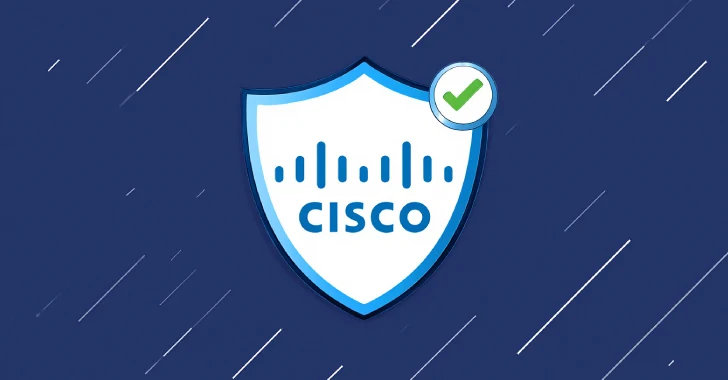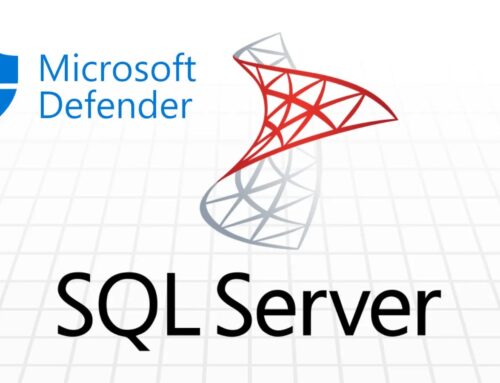
Cisco Warns of CVSS 10.0 FMC RADIUS Flaw Allowing Remote Code Execution
Cisco’s Critical Warning: CVSS 10.0 FMC RADIUS Flaw Puts Networks at Risk
A severe vulnerability has surfaced, demanding immediate attention from network administrators and cybersecurity professionals. Cisco recently issued a critical security alert regarding a maximum-severity flaw in its Secure Firewall Management Center (FMC) Software. This vulnerability, boasting a CVSS score of 10.0, presents a direct threat, potentially allowing unauthenticated attackers to execute arbitrary code remotely. Understanding the implications and implementing prompt remediation is paramount to safeguarding your infrastructure.
Understanding CVE-2025-20265: A Deep Dive into the Threat
The vulnerability, identified as CVE-2025-20265, stems from a critical weakness within the RADIUS subsystem implementation of Cisco Secure Firewall Management Center. This flaw specifically permits an unauthenticated, remote attacker to inject malicious code. The “unauthenticated” and “remote” aspects are particularly alarming, as they signify that an attacker does not require prior access credentials and can exploit this vulnerability from anywhere on the internet, vastly expanding the attack surface.
- CVSS Score 10.0: This perfect score signifies the highest possible severity, indicating that the vulnerability is easily exploitable, requires no user interaction, impacts system availability and integrity, and grants full control to the attacker.
- RADIUS Subsystem: The vulnerability lies within the RADIUS (Remote Authentication Dial-In User Service) component. RADIUS is widely used for centralized authentication, authorization, and accounting (AAA) management for users and devices connecting to network services. A compromise in this critical service can lead to widespread network disruption and data breaches.
- Remote Code Execution (RCE): The most dangerous aspect of this flaw is its potential for Remote Code Execution. RCE allows an attacker to run arbitrary commands on the vulnerable system, effectively giving them complete control. This can lead to data exfiltration, system destruction, or the deployment of further malware.
Affected Software and Systems
Cisco’s advisory specifically targets the Secure Firewall Management Center (FMC) Software. It is crucial for organizations utilizing FMC to identify their software versions immediately to determine their exposure. While specific versions were not detailed in the initial alert, the broad nature of the warning suggests a wide range of deployments could be at risk. It is imperative to consult Cisco’s official security advisories for precise affected versions.
The Urgency of Remediation Actions
Given the maximum severity of CVE-2025-20265, immediate action is not just recommended, but essential. Proactive remediation can prevent devastating network compromises.
- Apply Security Updates: The primary and most effective remediation is to apply the security updates released by Cisco. These patches are designed to directly address and fix the underlying vulnerability within the FMC RADIUS subsystem. Organizations should prioritize updating their FMC instances to the latest secure versions as soon as possible.
- Monitor Cisco Advisories: Continuously monitor Cisco’s official security advisories and PSIRTs (Product Security Incident Response Teams) for the latest information, specific patch releases, and any additional mitigation strategies.
- Network Segmentation and Least Privilege: While not a direct fix for this vulnerability, robust network segmentation can limit the lateral movement of an attacker if a system is compromised. Applying the principle of least privilege to accounts and network access can also reduce the potential impact of an RCE exploit.
- Regular Vulnerability Scanning: Implement regular vulnerability scanning of your network infrastructure, especially systems running critical management software like Cisco FMC, to detect potential weaknesses before they can be exploited.
Tools for Detection and Mitigation
While applying vendor patches is the most direct solution, certain practices and tools can aid in detection, assessment, and overall security posture improvement against vulnerabilities of this nature.
| Tool Name | Purpose | Link |
|---|---|---|
| Cisco PSIRT Advisories | Official source for security advisories and patches | https://sec.cloudapps.cisco.com/security/center/advisories |
| Vulnerability Scanners (e.g., Nessus, Qualys, OpenVAS) | Identify known vulnerabilities across network devices and software | Varies by product, typically vendor websites |
| Network Intrusion Detection/Prevention Systems (NIDS/NIPS) | Monitor network traffic for suspicious activity and known attack signatures | Broad category, e.g., Snort, Suricata |
| Security Information and Event Management (SIEM) | Collect, monitor, and analyze security logs and event data for threat detection | Broad category, e.g., Splunk, ELK Stack |
Conclusion: Prioritizing Patch Management and Proactive Security





